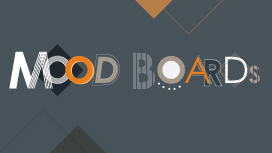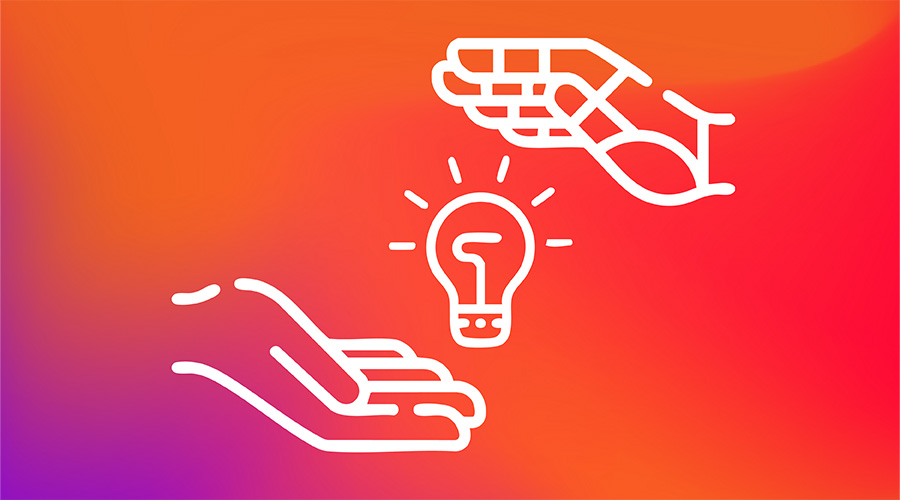Mood boards have become one of the most common tools used with Simantel clients because they’re one of the most effective ways to present definitive creative direction while conserving a client’s budget. They can go a long way to demonstrate the “mood” or personality of a campaign or initiative.
What exactly is a mood board?
Think of them as visual toolkits for an entire campaign that involve multiple deliverables and platforms. Instead of spending time developing layouts for specific applications, they pull multiple uses into one view. Not only does this save time and money, it adds an enormous amount of value as well.
In most cases, Simantel will present two or three boards to a client during the idea phase of an initiative, each showcasing a different look and feel. Think about the value in that. They don’t just give the client an opportunity to review multiple approaches; they also conserve budget by determining creative direction prior to creating any platform-specific applications.
But what exactly should you be looking for in a mood board? Here’s our list of five things you should be paying close attention to during a campaign presentation.
1. MESSAGING AND COPY TONE
Almost every campaign involves developing key messages and content tone. Generally, mood boards will include at least one sample headline and a brief blurb of copy to help showcase the tone used across multiple platforms. Also, be sure to note where the copy is placed on the board. It can indicate how copy will be positioned in level of importance.

2. PHOTOGRAPHY/ILLUSTRATION STYLE
Observe how photography and illustrations are being used throughout the board. Is there a certain photography style? Will the campaign have any consistent illustrations or effects? This can lead to a discussion on how new photos and videos must be shot. This can have a major impact on long-term budgets.

3. TYPEFACE SELECTION
Mood boards must present an overview of the fonts and sizes to be used in a campaign. You should look for headlines, sub-headlines and general content themes. Are these different sizes, fonts or colors? If so, why? If you’re not sure, ask.

4. COLOR SELECTION
The color palette selected for the campaign should be clearly displayed on the board. Do the colors compliment each other? Will they work across multiple platforms? Are they consistent? These are important factors to decide early on.

5. DESIGN ELEMENTS
Before the creative minds get too far down a certain path when developing interfaces, graphs or campaign specific tools, contemplate how these elements will look and feel across the chosen platforms. It’s not about displaying exactly how the element will function, but it should give some context to how the element will look and be used.

Collective agreement on mood boards and these five elements can get a campaign off the ground faster and shift dollars to the long-term, leading to a successful and cost-effective initiative.





